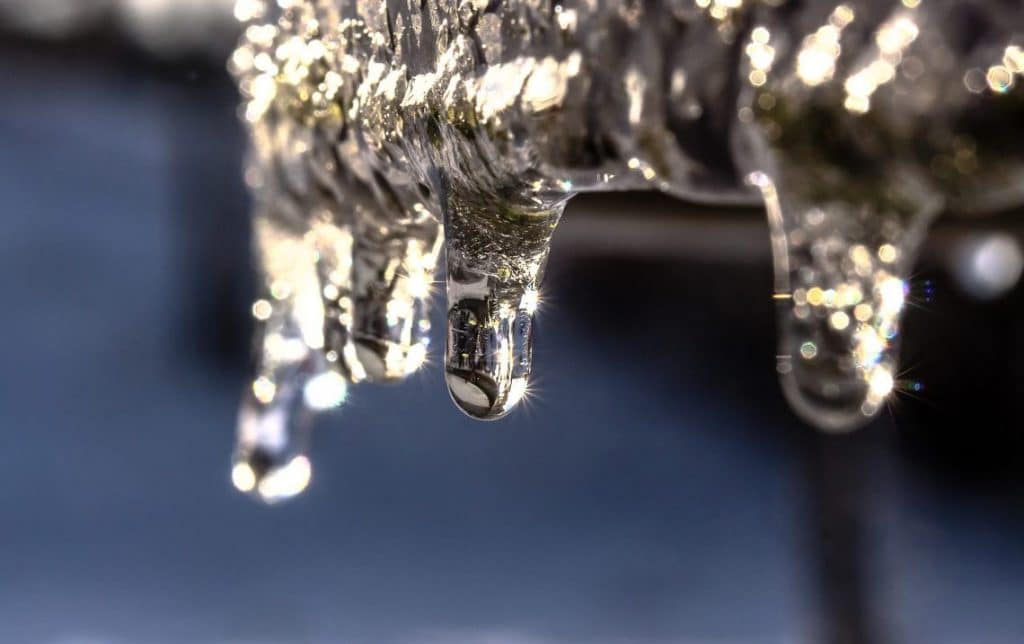In this article further down you will find a good deal of dependable expertise pertaining to 6 Ways to Prevent Frozen Pipes.

Cold weather can wreak havoc on your plumbing, especially by freezing pipelines. Here's exactly how to avoid it from occurring and what to do if it does.
Intro
As temperature levels decline, the danger of icy pipelines increases, potentially leading to expensive repair services and water damages. Understanding how to avoid frozen pipes is essential for home owners in cold environments.
Prevention Tips
Protecting vulnerable pipes
Cover pipes in insulation sleeves or use warmth tape to protect them from freezing temperatures. Focus on pipes in unheated or outside locations of the home.
Heating methods
Keep interior areas effectively warmed, specifically locations with plumbing. Open cupboard doors to permit cozy air to distribute around pipes under sinks.
How to recognize icy pipes
Search for reduced water flow from faucets, unusual smells or noises from pipes, and noticeable frost on exposed pipelines.
Long-Term Solutions
Architectural modifications
Take into consideration rerouting pipes far from exterior walls or unheated locations. Add extra insulation to attic rooms, basements, and crawl spaces.
Updating insulation
Purchase high-quality insulation for pipes, attic rooms, and walls. Appropriate insulation helps maintain consistent temperatures and minimizes the danger of frozen pipelines.
Protecting Outside Plumbing
Garden hoses and outdoor taps
Disconnect and drain yard hose pipes before winter season. Install frost-proof spigots or cover outdoor taps with shielded caps.
Understanding Frozen Pipes
What causes pipelines to ice up?
Pipes ice up when exposed to temperatures listed below 32 ° F (0 ° C) for extended periods. As water inside the pipes freezes, it expands, putting pressure on the pipe walls and possibly triggering them to burst.
Dangers and damages
Icy pipelines can bring about water supply disruptions, residential property damages, and expensive fixings. Ruptured pipelines can flood homes and trigger considerable architectural damage.
Indications of Frozen Water Lines
Recognizing frozen pipes early can prevent them from rupturing.
What to Do If Your Pipes Freeze
Immediate actions to take
If you believe icy pipes, keep taps open to eliminate stress as the ice thaws. Use a hairdryer or towels taken in warm water to thaw pipes slowly.
Final thought
Preventing icy pipes needs aggressive measures and quick reactions. By comprehending the causes, indicators, and safety nets, homeowners can protect their plumbing during winter.
5 Ways to Prevent Frozen Pipes
Drain Outdoor Faucets and Disconnect Hoses
First, close the shut-off valve that controls the flow of water in the pipe to your outdoor faucet. Then, head outside to disconnect and drain your hose and open the outdoor faucet to allow the water to completely drain out of the line. Turn off the faucet when done. Finally, head back to the shut-off valve and drain the remaining water inside the pipe into a bucket or container. Additionally, if you have a home irrigation system, you should consider hiring an expert to clear the system of water each year.
Insulate Pipes
One of the best and most cost-effective methods for preventing frozen water pipes is to wrap your pipes with insulation. This is especially important for areas in your home that aren’t exposed to heat, such as an attic. We suggest using foam sleeves, which can typically be found at your local hardware store.
Keep Heat Running at 65
Your pipes are located inside your walls, and the temperature there is much colder than the rest of the house. To prevent your pipes from freezing, The Insurance Information Institute suggests that you keep your home heated to at least 65 degrees, even when traveling. You may want to invest in smart devices that can keep an eye on the temperature in your home while you’re away.
Leave Water Dripping
Moving water — even a small trickle — can prevent ice from forming inside your pipes. When freezing temps are imminent, start a drip of water from all faucets that serve exposed pipes. Leaving a few faucets running will also help relieve pressure inside the pipes and help prevent a rupture if the water inside freezes.
Open Cupboard Doors
Warm your kitchen and bathroom pipes by opening cupboards and vanities. You should also leave your interior doors ajar to help warm air circulate evenly throughout your home.

I am very inquisitive about How to Prevent Your Pipes From Freezing and I'm hoping you liked the article. For those who liked our blog posting plz remember to share it. Thank you for being here. Please come by our website back soon.
Call Today